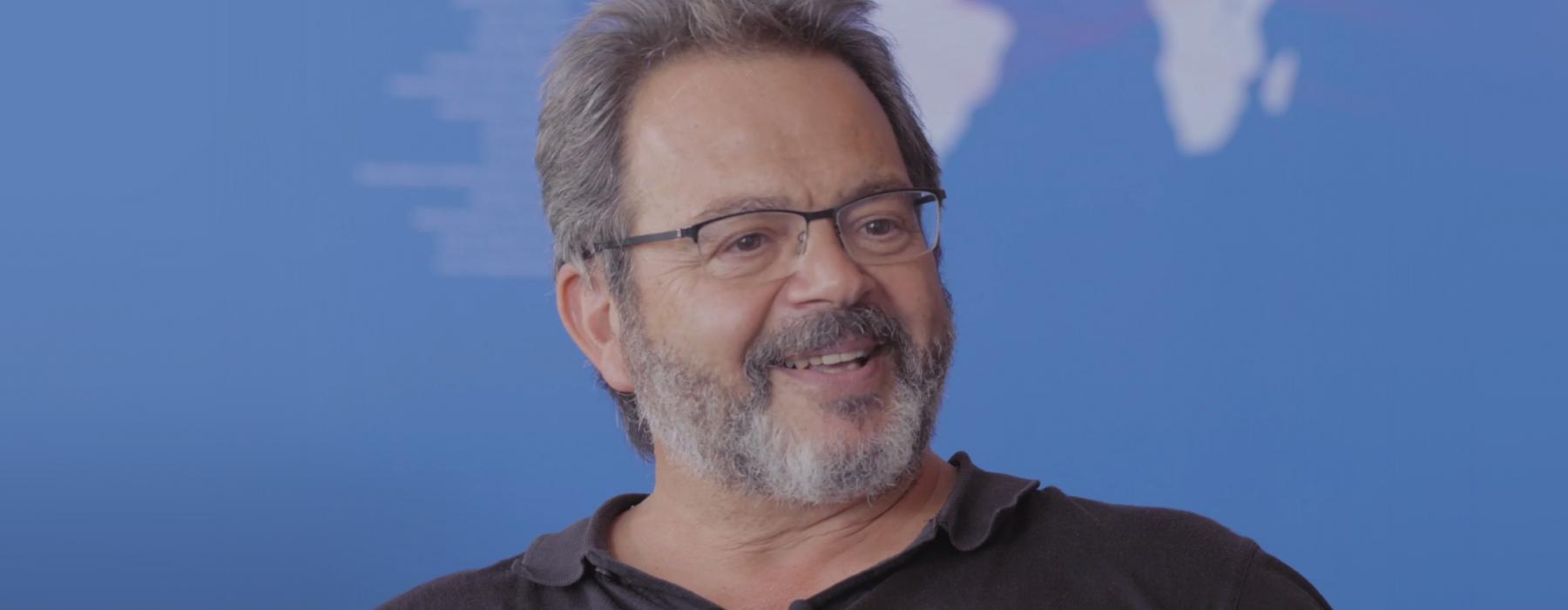
WM: Nice. And I am probably going to do that. And that is what the RCMC tries to do, it is a space for unsettling.
You hint at the question of the multicultural society and a lot of your work has been animated by an interest in thinking the structures of multicultural governance - how we govern particular subjects in multicultural politics. Your book White Nation was important to that thinking. Could you in one sentence just say what you were trying to achieve with White Nation?
GH: Well, first of all you have to think about the fact that I, as someone from Lebanese background, come and take white society as my object of research. So that already inverts modalities of knowledge in a way which might be called decolonizing. The most critical thing for me is the idea that multicultural governance has always relied on itself as being a negation of race systems and I think the most important aspect of white nation is that it shows how what is called multiculturalism is still in continuity with the history of racism, and I try to show the variety of ways in which it is so.
WM: One of the things I and my colleague Anouk de Koning found helpful - and we use this is an edited volume that we are working on - is how you, in White Nation, articulate the ways in which in these kinds multicultural governance, there is a kind of prescription of how people are supposed to be, and there are some people who feel entitled to prescribe the being-of-the-multicultural. In many ways, museums, I find, are complicit in this, you know “this is how a Surinamese person should be; this is what a migrant should look like; this is what culture migrants should love” - in that sense. Is/was the museum, or any other cultural institution, in the back of your mind when you were developing this or does the museum challenge to think further on this?
GH: I think there is no doubt that there is a dimension of the museum which introduces the basic structures of multicultural modes of existence. Because for the museum, in the back of its imaginary, the viewer is still a white viewer. It is a white viewer that comes and consumes forms of otherness, and leaves the museum feeling enriched and they leave the museum thinking “I am great, because I am so amazing that I am capable of enjoying these incredible cultures from the world.” And they might even leave the museum thinking, “how superior I am to these racists who don’t know how to enjoy all the beautiful tribal stuff and who might look at tribal stuff and say why are you interested in such backward culture?” And so in that sense the museum replicates the multicultural structure. And it replicates it in the way that the viewer, who would never want to cage himself or herself and put themselves on show, is always thinking themselves as the viewers and as the ones [being enriched]. So it’s about the relation between who is enriching and who is enriched. My argument in White Nation is that [this structure] is permanent, that there are always the same people that think they are the ones who are being enriched, and that it’s always the same people from the same cultures who are positioned in the role of enriching, as playing a function of making life better for the enriched.